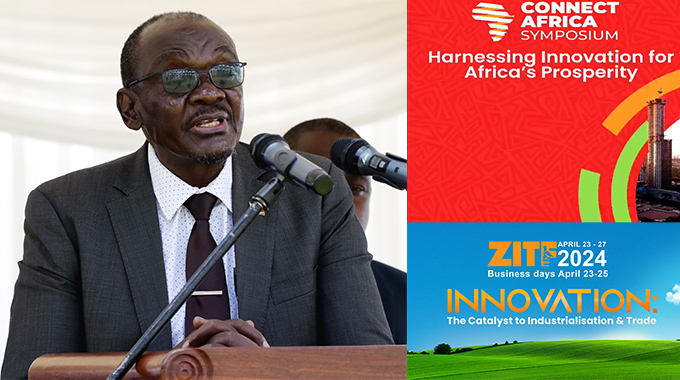Hwange power station generation capacity declines
Oliver Kazunga Acting Business Editor
HWANGE Thermal Power station’s generation capacity has gone down to about 200 megawatts against an installed capacity of 920MW.
The Zimbabwe Power Company (ZPC) indicated on its website that the country’s largest coal-fired power station was producing 202MW due to continued generation constraints as the plant’s units, 4, 5 and 6 experienced faults between Saturday and yesterday.
Before the faults, Hwange’s output was about 450MW daily.
“Unit 4 was taken out of service on January 23 . . . for tube leak repairs on the HP feed water heaters and ID fan repairs. The unit is expected back in service later on today (yesterday).
“Unit 5 tripped on January 25 . . . on drum level high following boiler trip on flame failure. The unit was synchronized at 06.47hrs.
“Unit 6 tripped on January . . . on drum level high following the loss of a mill due to a gearbox failure. The unit had only one mill in service.
“Preparations for the repair works are in progress and unit return to service date will be advised,” said ZPC.
As a result of the technical fault at the thermal power station, the country was as of yesterday producing 840MW.
Hwange Power Station’s Unit 1 was taken out of service in July last year for internal boiler tube leaks with the unit now awaiting commissioning after roter earth repairs.
Over the years, equipment at the country’s power stations has been experiencing constant breakdowns due to old age resulting in Zimbabwe experiencing a huge energy deficit.
Against this background, the government has among other initiatives aimed at boosting power generation capacity, embarked on a programme to upgrade the Hwange Thermal Power plant.
Last December, Finance and Economic Development Minister Patrick Chinamasa announced that China had committed to provide a $1.2 billion loan for the refurbishment of the Hwange thermal power plant.
It is hoped that the upgrading exercise at Hwange will add 600MW of power to the national grid.
Zimbabwe is one of the countries in Southern Africa that is experiencing a critical power deficit due to lack of investment in electricity projects.
Electricity demand has continued to outstrip supply due to factors such as increased population growth.
As demand outstrips supply, load-shedding and power rationing characterise the economy, a development which has seen industries failing to stimulate production to competitive levels.










Comments